Y is for Yellowhammer
Not a bird of garden feeding stations, unless your house backs on to a farm, but one that, when you see or hear one, tells you that you’ve arrived in rural Britain.
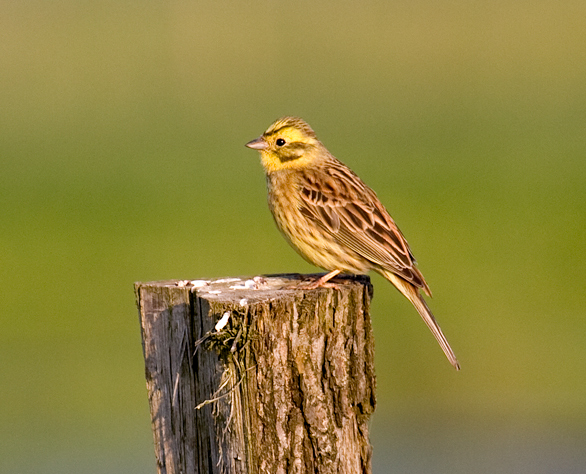 Image: By Andreas Trepte (Own work) [CC-BY-SA-2.5 (http://creativecommons.org/licenses/by-sa/2.5)], via Wikimedia Commons
Image: By Andreas Trepte (Own work) [CC-BY-SA-2.5 (http://creativecommons.org/licenses/by-sa/2.5)], via Wikimedia Commons Yellowhammers are a countryside charm. Not a bird of garden feeding stations, unless your house backs on to a farm, but one that, when you see or hear one, tells you that you’ve arrived in rural Britain. Here they are widespread, but when I started birding it took me a long time to get onto them, despite the fact that you wouldn’t think a bright yellow bird could be missed. Once I figured out where to find them – which was generally not the sorts of wetland nature reserve where I had tended to spend most of my birding time – and picked up on their subtle flight call, I began to become quite familiar with yellowhammers.
They often settle in the tops of low trees and bushes, at which point they become surprisingly well camouflaged. Especially with plumage that incorporates a full spectrum of seasonal colour, from the light browns of bare branches in winter, to the fresh yellows of spring, and the deeper shades of the autumn. From these perches in spring they sing their simple yet cheerful song: famously transcribed as ‘a-little-bit-of-bread-and-no-cheeeeeese’. I’m not sure I hear that myself, but it’s a useful enough way of remembering that the final note of the song is usually drawn out. Another memory aid is to think of squeaky car brakes. Well, mine at least do a fairly good yellowhammer impression.
57% decline since the 1960s
Especially whilst living in quite a rural area last summer, I saw them often enough that I might be forgiven for thinking them common, but this would fail to recognise just how many there used to be. 57% of the British population has gone missing since the late 60s (60% in England – in Scotland yellowhammers are stable or increasing, bucking the national trend). It’s a bird of ‘typical’ countryside because that’s where a yellowhammer is at home, requiring as it does hedgerows for nesting, weedy field margins or grass strips for foraging in the summer, and seed heads and stubble fields as a winter food resource.
In this way it’s a useful indicator species for the whole farmland-specialist suite of birds, since all share with it the same basic requirement for the ‘Big 3’. The one curious difference between yellowhammers and the rest of the farmland bird cohort is that its population decline kicked in later, during the mid-eighties. It’s not immediately obvious what specifically changed at this time that would have affected only yellowhammers, but we do know that their decline has largely been driven by poor overwinter survival. More recently, researchers have noted problems with breeding productivity, in other words not enough chicks are being raised to replenish the population. (For more on the background, see here)
I sincerely hope that conservationists and farmers working together are able to protect the yellowhammer’s future as a British breeding bird. It’s a long way from vanishing yet, but the trends are not good. And for each yellowhammer (the last entry in my British bird A-Z) that stops singing in our countryside, the sadder a place it becomes.
In the meantime there’s something we all can do: help keep up the pressure on politicians to protect funding for wildlife-friendly farming. See the RSPB’s campaign information here and here.

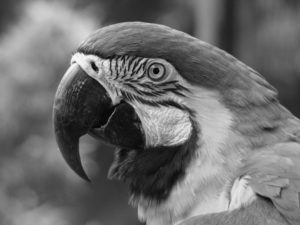
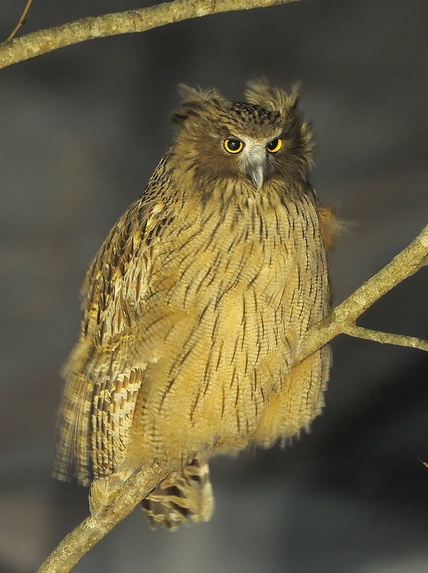
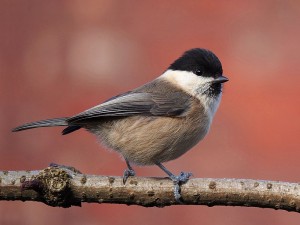
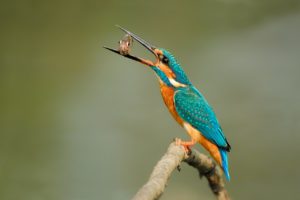
No comments yet.